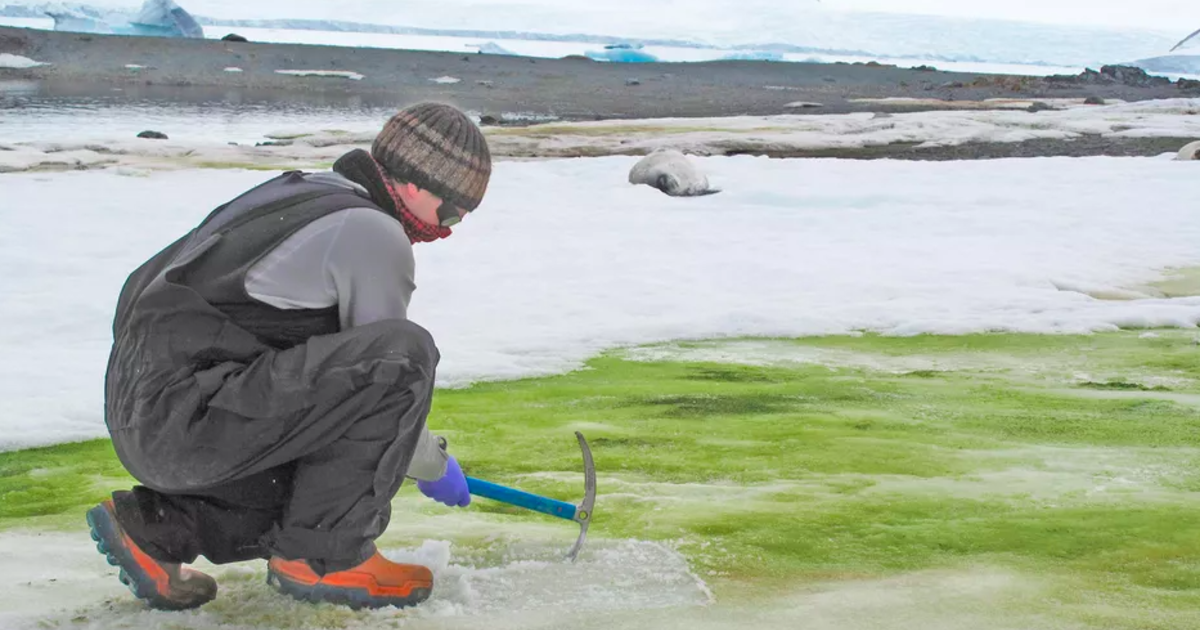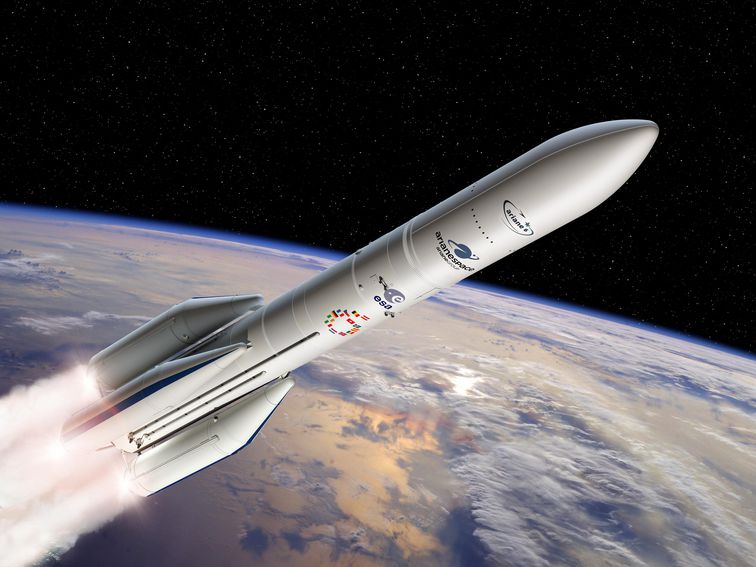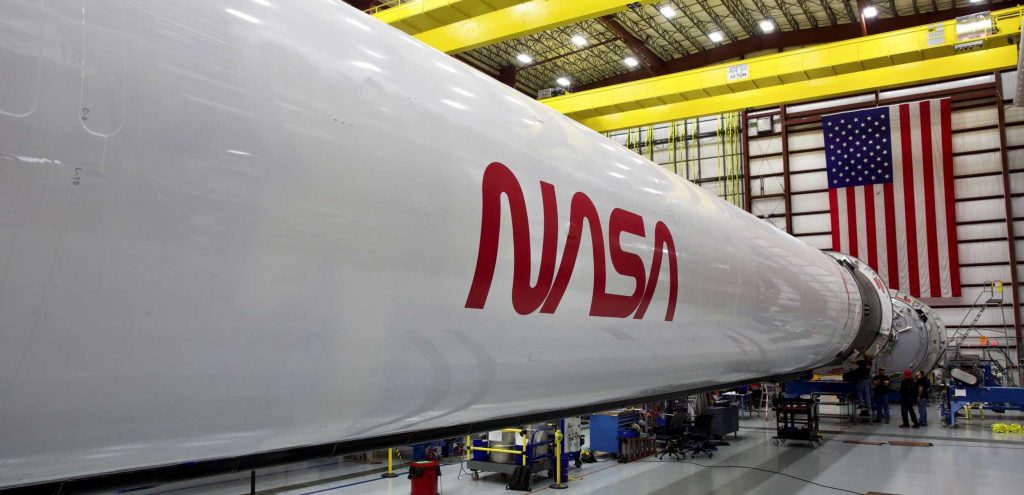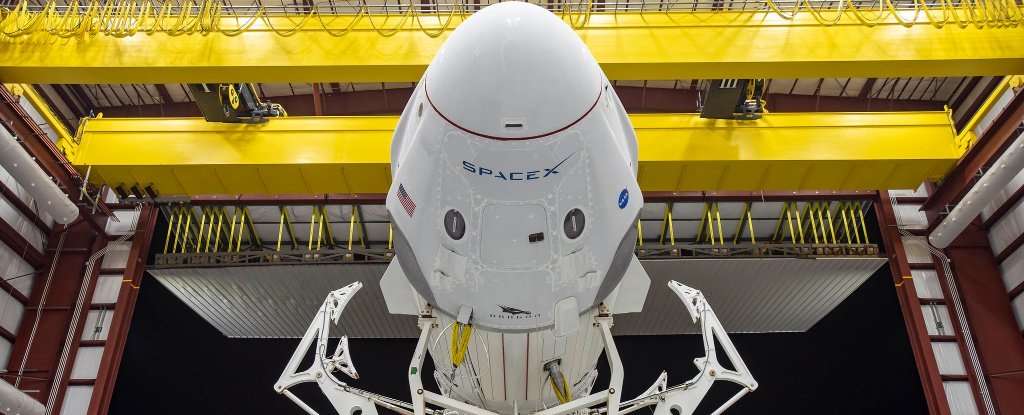Science Tips Tips Tricks Technology NASA’s 2024 moonshot may not work

Science Tips Tips Tricks Technology
The coronavirus and agency shakeups are making NASA’s goal of landing people back on the Moon in 2024 seem less likely.
Why it matters: The Trump administration has hung its hat on the Artemis Moon program as its defining space policy, with the goal of accomplishing the first crewed landing before the end of President Trump’s second term — if he is re-elected.
- “I think basically, making 2024 would be a miracle,” John Logsdon, the founder of the Space Policy Institute at George Washington University, told Axios.
What’s happening: The coronavirus pandemic forced NASA to shut down much of the work involving its Space Launch System rocket, designed to bring people to the Moon’s surface.
- That likely compounds delays announced earlier this year to the first uncrewed test flight, called Artemis I, of the SLS and Orion capsule.
- “It is still too early to predict the full impact of COVID-19, but teams are working at the best possible pace to move the Space Launch System rocket and the Orion spacecraft toward the launch of Artemis I,” NASA spokesperson Kathryn Hambleton told Axios via email.
- NASA also put the restructuring of its human spaceflight operations on hold, and the agency’s head of human spaceflight, Doug Loverro, resigned suddenly in May.
Between the lines: That restructuring is more than a minor bureaucratic roadblock to a Moon landing.
- “One of the important things about Apollo was that it had exceptionally good management and consistent and steady management throughout the program,” the Planetary Society’s Casey Dreier told Axios.
- The Trump administration asked Congress for an influx of funding for the Artemis program for fiscal year 2021 in February, but NASA likely won’t see that extra funding before the end of Trump’s first term.
- And if NASA is funded under a continuing resolution ahead of the election, it will further set back the agency’s plans.
- “Every month counts at this point if you’re looking at 48 months to landing on the Moon,” Dreier said.
What they’re saying: Despite recent setbacks, the Trump administration says Artemis is still on track.
- “By 2024, our astronauts will return to the lunar surface to establish a permanent presence and the launching pad to Mars,” Trump said after SpaceX’s first crewed launch on May 30.
Meanwhile, NASA is continuing to award contracts for the program to private industry partners, funneling much-needed funds to companies during the coronavirus pandemic.
- The agency will rely on private companies to build human-rated lunar landers, a complicated piece of hardware expected to take a fair amount of time and millions of dollars to develop.
- But while these types of partnerships may save money, they don’t necessarily get new systems flying more quickly, according to Dreier, who referenced NASA’s lengthy Commercial Crew development as an example. (The program originated under the Obama administration and took six years to come to fruition last month.)
What to watch: If Trump doesn’t win a second term, it’s unclear whether the 2024 deadline would stick.
- It’s not yet known exactly what Joe Biden would take on as his space agenda if he were to be elected.
Go deeper: NASA passes the torch



